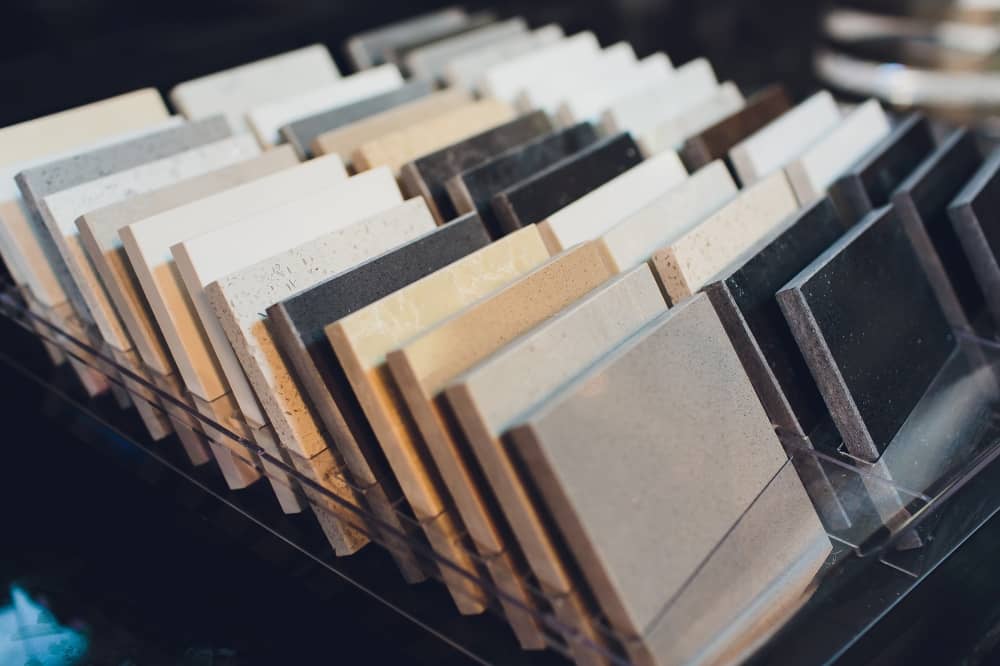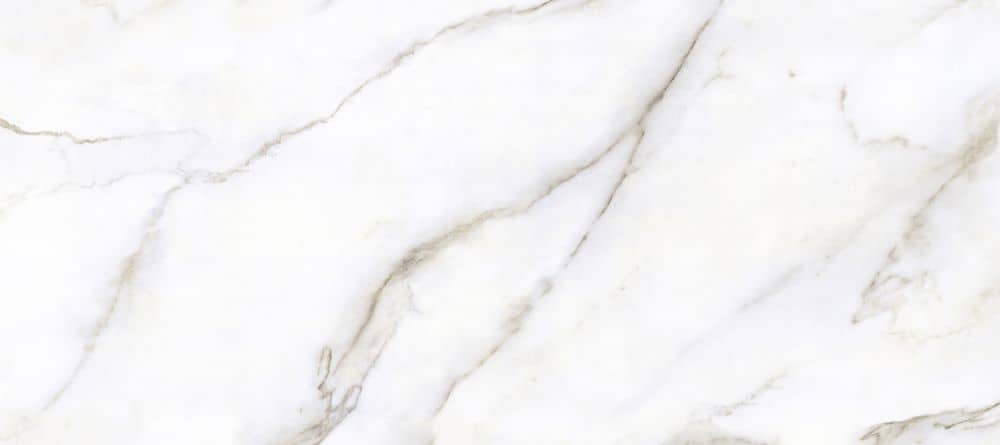There is no shortage of styles and ceramic tiles, and the industry continues to explode with so many option variations it almost becomes impossible to know you have chosen the right one. To help assist you in your porcelain tile journey, we gathered some facts & definitions and also clear up some misconceptions. Just to be clear.
As outlined in this post, porcelain tiles are still ceramic tiles but deviate from traditional ceramic tiles regarding the types of clay used and manufacturing methods, producing a much stronger tile less susceptible to water absorption (if you count that as a bad thing). They are heavy and are perfect for areas of foot traffic.
Vitrification
Perhaps something we mentioned but largely ignored in our last tile-related post; Vitrification is the process where melted clay becomes a glass-like substance with a very porosity (less than <0.5%, meaning water cannot get in). The more the vitrification transformation occurs, the harder the tile and the less porous it becomes.
Side note: Since moisture cannot be absorbed with Virtufied tiles, it will sit on the surface and can be a slip hazard in repeatedly wet foot traffic areas.
The four types of vitrified tiles are:
- Full body
- Double Loaded
- Glazed
- Soluble salt
Although less water can get in, it does not necessarily mean verified surfaces can be stereotyped as being ‘more slippery”. All tiles can be slippery when wet, whether they are glazed or unglazed. A matt or textured finish is the best choice to prevent slippage but may not be suitable in the home. The contrast of wet & dry between the foot and a surface is what causes slippage the most hence why we have a bath mat down when we exit the shower regardless of the surface below it. For anti-slip options, check out our slip resistant flooring range.
Unglazed Porcelain Tiles
Also known as “full-bodied porcelain” is vitrified, containing one colour which runs through the whole tile. Water resistance and all other properties are the same thought the product. In some instances, to keep production costs in check, two layers of the product are compressed together before firing. The top layer visible to the surface contains expensive pigment like cobalt 3-4mm deep instead of the full 9-10mm.
Encaustic tiles are formed by stamping the top layer with liquid clay and pouring it into the recessed areas before firing to create a homogeneous porcelain tile with all the same properties.
Polished Unglazed Porcelain Tiles
This porcelain is still shiny with no glaze. Machine polishing like marble or granite causes a shiny effect that must be sealed to prevent discolouration. Polishing does alter characteristics such as stains and moisture absorption. Micropores are opened up, meaning the tile can be stained easier hence the reason for using a sealer. Tiles will also be slippery when wet but easier to clean. Ph-neutral cleaners are a must as other cleaners will break down the sealer layer. Creating a lappato or honing finish means a less shiny surface, but the slipperiness of the surface is decreased.
Side note: Textured surfaces have the best non-slip rating but can be difficult to clean. They are best suited to outside areas where tools such as a pressure hose can be utilised.
Glazed Porcelain Tiles
With tiles glazed refers to a coloured or patterned coating added to a tile surface, not whether it’s shiny or not. In essence, a glaze is paint for your tiles. The glaze is allied to the vast majority of wall tiles and a considerable proportion of floor tiles. The glaze itself is added before the firing process, where it fuses to the tile.
Glazed tiles have four main finishes just like unglazed do:
- Gloss
- Matte
- Lappato
- Textured
Side note: Lappatto (Italian for semi-polished or honed) falls in between gloss and matte in terms of shine.
Side Note: Frit is ceramic glass that’s melted, cooled and ground into a fine powder. The amount of frit used affects the glaze’s hardness, colour and gloss.
Digital Imagery & Patterns Via Inkjet Printing
Technology advances mean it is possible to print glazing onto porcelain tiles using inkjet printing machines. These high-resolution machines offer more versatility and accuracy. They can print mini surfaces such as timber, terracotta, and any imagery within the reason you wish to print onto the tile. As you can imagine, this contributes to glazed tiles soaring popularity. Printing can also occur on no-flat & curved surfaces, giving glazing comparatively unlimited scope.
The DIY Path
Whether you have glazed or unglazed tiles; We would like to cut a long story here and just say get a skilled tiler to do your tiling property because in the long run; you will save time, heartache and money. They know the process, and the quality adhesives, recommend which type of tile is best, create even and neat joins, and make sure you buy extra tiles to keep as spares.
Glazed vs. Unglazed Porcelain Tiles – FAQ’s
Unglazed porcelain tiles:
- Same color throughout entire tile thickness
- More durable with consistent wear patterns
- Called "full-bodied porcelain"
Glazed porcelain tiles:
- Have a colored/patterned coating applied to the surface
- Allows for unlimited design possibilities,s including digital printing
- Can mimic wood, marble, and other materials
Both types are vitrified for water resistance, but glazed tiles offer more aesthetic options while unglazed tiles provide more consistent durability.
The finish matters more than whether it's glazed or unglazed:
- Most slip-resistant: Textured finish (but more challenging to clean)
- Moderately slip-resistant: Matte finish
- Most slippery: Polished or gloss finish
All porcelain tiles are vitrified, causing water to sit on the surface. Use bath mats in wet areas regardless of tile type.
Unglazed polished tiles:
- Require sealing to prevent staining
- Need pH-neutral cleaners
- Polishing opens micropores that can absorb stains
Glazed tiles:
- Generally don't require sealing
- Easier to maintain (glaze acts as protective layer)
- Glaze may wear down in high-traffic areas
Professional installation is recommended for both types for best results and longevity.









